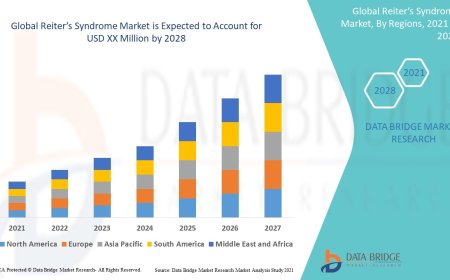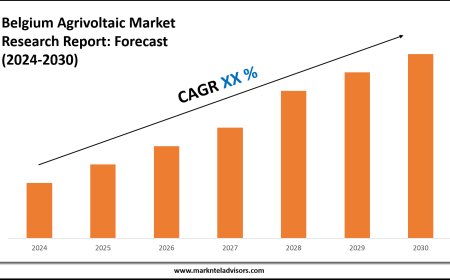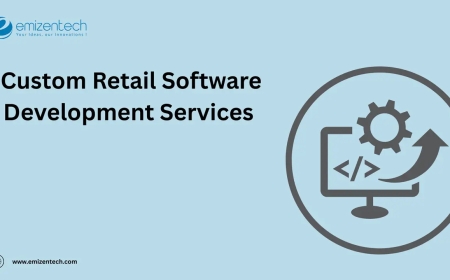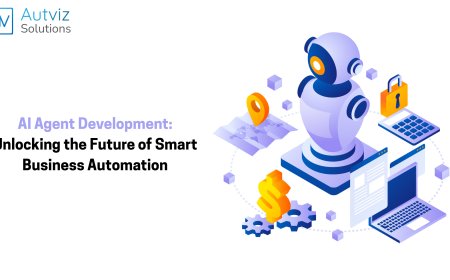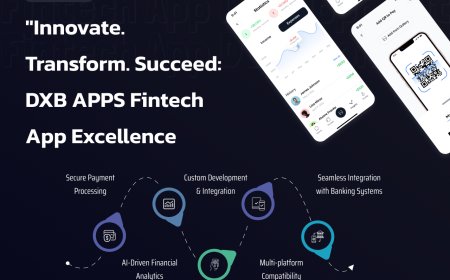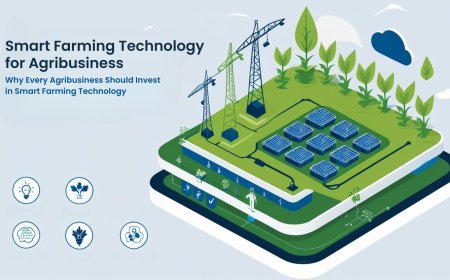NDR in the Automotive Industry: Protecting Vehicle-to-Everything (V2X) Networks
V2X communication enables vehicles to exchange information with their surroundings to improve safety, traffic efficiency, and autonomous decision-making.

As vehicles evolve into hyper-connected, intelligent systems, the automotive industry faces a new class of cybersecurity threats. The emergence of Vehicle-to-Everything (V2X) communicationencompassing Vehicle-to-Vehicle (V2V), Vehicle-to-Infrastructure (V2I), Vehicle-to-Pedestrian (V2P), and Vehicle-to-Cloud (V2C)has introduced both unprecedented convenience and potential vulnerabilities. In this hyperconnected environment, Network Detection and Response (NDR) plays a pivotal role in monitoring, detecting, and responding to threats in real time, ensuring both safety and trust in intelligent transportation systems.
Understanding V2X and Its Security Implications
V2X communication enables vehicles to exchange information with their surroundings to improve safety, traffic efficiency, and autonomous decision-making. While revolutionary, this connectivity widens the attack surface:
-
Man-in-the-Middle (MitM) attacks could intercept or alter V2V messages.
-
Spoofed infrastructure messages might reroute vehicles into dangerous situations.
-
Malware injection into in-vehicle infotainment or over-the-air (OTA) update channels.
-
Denial-of-Service (DoS) attacks on vehicular ad hoc networks (VANETs) disrupting real-time responses.
Given the low-latency, high-reliability requirements of V2X, traditional cybersecurity tools fall short in identifying lateral threats or unknown anomalies. This is where NDR becomes indispensable.
What is Network Detection and Response (NDR)?
NDR is a cybersecurity approach that provides continuous monitoring of network traffic, applies behavioral analytics and machine learning, and responds to threats before they escalate. In the automotive context, it allows OEMs, Tier-1 suppliers, and smart infrastructure operators to monitor all V2X communications, detect deviations, and mitigate threats at the network level.
Key Roles of NDR in Securing V2X Communications
1. Real-Time Anomaly Detection in Vehicle Networks
NDR uses machine learning to establish baselines for normal communication patterns. It can quickly identify abnormal behavior such as:
-
Unusual V2V data packets
-
Unauthorized access to vehicle control units (ECUs)
-
Traffic flooding in vehicle sensor networks
This is especially critical in autonomous vehicles where decision-making must be immediate and error-free.
2. Threat Detection Across Distributed V2X Endpoints
Since V2X involves heterogeneous communication channels (DSRC, C-V2X, 5G), NDR enables centralized visibility across all data flows:
-
Detects spoofed base stations
-
Flags anomalous vehicle-to-infrastructure handshakes
-
Monitors lateral movement from compromised nodes (e.g., roadside units)
3. Incident Response and Threat Containment
NDR platforms can automate threat response by:
-
Quarantining compromised V2X nodes
-
Blocking malicious payloads from reaching in-vehicle systems
-
Alerting SOC teams with forensic data for further investigation
This rapid response is essential to ensure that one compromised vehicle doesnt cascade into a larger traffic or safety incident.
4. Protection During Over-the-Air (OTA) Updates
OTA updates are essential for firmware patches and infotainment upgrades. However, they are also a prime vector for attacks. NDR:
-
Verifies the legitimacy and integrity of update traffic
-
Detects unexpected packet routing or payload tampering
-
Ensures secure delivery of updates to vehicles
Unique Challenges NDR Helps Overcome in V2X Security
| Challenge | NDR Solution |
|---|---|
| Low Latency Requirements | Uses passive monitoring and intelligent prioritization to avoid delays |
| High Mobility of Nodes | Tracks dynamic IP addresses and MAC identities across geographies |
| Device Diversity (ECUs, RSUs, etc.) | Provides protocol-agnostic inspection and unified monitoring |
| Encrypted Traffic Analysis | Applies AI-driven metadata analysis without decrypting payloads |
Integrating NDR with the Automotive Security Ecosystem
To build a comprehensive V2X security framework, NDR should be integrated with:
-
Security Information and Event Management (SIEM): For centralized log analysis and correlation.
-
Extended Detection and Response (XDR): For cross-domain threat visibility.
-
Deception Technologies: To lure attackers into fake V2X devices and study their tactics.
-
Security Operation Centers (SOCs): For real-time alerting and response orchestration.
By combining these, automotive stakeholders can build an adaptive and proactive cyber defense posture.
Regulatory and Compliance Benefits
With rising regulatory oversight on autonomous and connected vehicles (e.g., UNECE WP.29, ISO/SAE 21434), NDR can help:
-
Demonstrate real-time monitoring capabilities
-
Provide evidence of incident response workflows
-
Generate logs and forensic data for regulatory audits
NDR thus acts as a compliance enabler as well as a security layer.
Real-World Use Case: Detecting a Spoofed Traffic Signal
Imagine a scenario where a compromised roadside unit (RSU) sends false green-light signals to oncoming vehicles. An NDR system in the smart transportation network can:
-
Recognize abnormal RSU behavior.
-
Cross-verify against neighboring infrastructure inputs.
-
Trigger automated alerts to nearby vehicles.
-
Quarantine the malicious RSU from the network.
This proactive intervention prevents accidents, preserves trust, and secures critical V2X infrastructure.
Future Outlook: AI-Driven NDR for Autonomous Mobility
As we move toward full autonomy and intelligent transport systems, NDR platforms will evolve to:
-
Incorporate predictive analytics to foresee emerging attack vectors.
-
Integrate with digital twins of transportation networks to simulate threat scenarios.
-
Operate as part of edge computing nodes for faster local responses.
The fusion of NDR with automotive AI and cloud platforms will be foundational to secure smart mobility ecosystems.
Conclusion
Vehicle-to-Everything (V2X) is the backbone of next-generation transportation, but it also introduces serious cybersecurity risks. NDR brings visibility, detection, and response capabilities that are uniquely suited to the real-time, distributed, and high-stakes nature of V2X networks. As connected vehicles and smart infrastructure proliferate, adopting NDR isnt just a security measureits a safety imperative.











